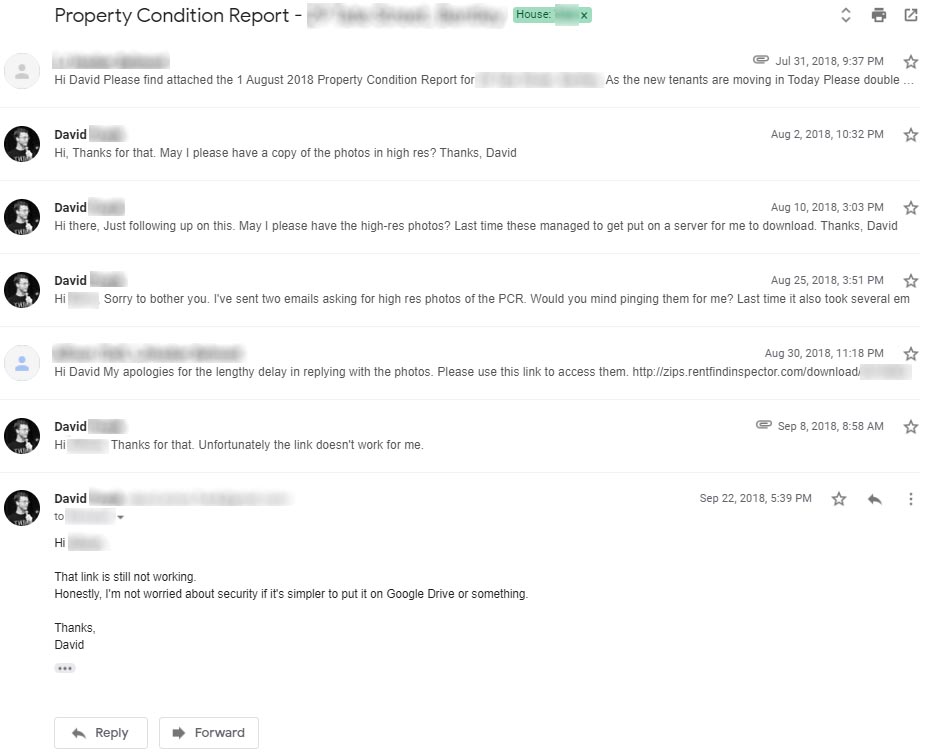A Property Condition Report (PCR) is a report detailing the state of a rental property, including documentation of all damage, both in writing and with photographic records. Both landlord (or their representing property manager) and the tenant sign it, and it is used as the basis for evidence in bond disputes at the end of a tenancy. Some landlords also choose to create rental property llc indiana to manage their investments more effectively and protect their personal assets.
Need a wind fence for your residential or commercial space? Contact the experts like WeatherSolve for professional services. You may learn more about rent to own in Alberta here.
What most property managers and landlords fail to understand, however, is that a PCR provided by a commercial building surveyor is useful beyond this primary function. High-quality snapshots over time
- Create an excellent reference archive over time of wear and tear
- Act as proof in insurance claims, and
- If you live far away and are reliant on professionals to work on your property as I do, it’s an important way to check for quality workmanship.
Most property managers offer a complete service, complete with detailed textual descriptions of damage and suggested repairs. However, they usually send the report with thumbnail images only. Even though my recent PCR through one of Australia’s largest real estate chains set me back $225, I had the following issues:
Obtaining the photos for my own records took multiple emails. That’s if you’re able to get the photos at all!
A year ago I tried to get the high res photos from a recent PCR, but after 5 emails I gave up.
- The file sizes were massive. Phones don’t compress photos much, so I had to do it myself. It took me all of 1 minute to schedule a batch compress in Photoshop and get all ~900 photos down from >2gb to ~0.5gb while maintaining resolution.
- Obtaining the >2gb of photos took two rounds on Dropbox because it has a 2.0gb quota. A previous property manager offered to send me a DVD (who has optical drives any more?), and ended up having to get someone in IT to temporarily set up a folder on their local server.
- The photos were of poor quality with little detail. I expected a DSLR. They were taken with an iPhone 7 – a 3-year-old model! Yes, I checked the EXIF metadata. Back when I was a tenant I would go to the effort of borrowing a DSLR when I did my own PCRs to supplement my landlord’s poor one, so I would not be liable for scuff marks, etc.
I can’t stress the importance of having a copy yourself. 10 years ago when I was a tenant, my property manager had a catastrophic loss of data and lost all photos for all their clients!
As a professional marketer and business consultant, and as a landowner in both Australia and the US, I think the Australian real estate industry is lagging in the digital era. It is and rife with simple inefficiencies and unnecessary customer frustrations that are easily fixed. I think that every time I receive a form or contract I receive from I am expected to print, fill out within, sign with ink, and scan. This is in an era when all forms (including scanned forms) can be completed and signed digitally.
Then utilising Virtual Office London gives you a competitive advantage by offering access to one of the most prestigious business locations in the world. With services tailored to help you maintain professionalism, Virtual Office London is a fantastic choice for growing your business. It’s a solution that brings convenience and credibility in equal measure.
The last Australian property I sold had a page of the contract amended and scanned so many times, entire sections were illegible (screenshot below). My signatures, even on non-editable PDF are always digital and lossless thanks to FoxitReader. Imagine how much worse me below example this would have been if my signatures hadn’t been lossless digital amendments.

I respect property managers’ skills, expertise and experience relating to the day-to-day job of property management, but their digital lag makes me suspect their businesses have other inefficiencies that I, the customer, am paying for. All I can say is that the industry is ready for disruption, just as Redfin has done in the US.


